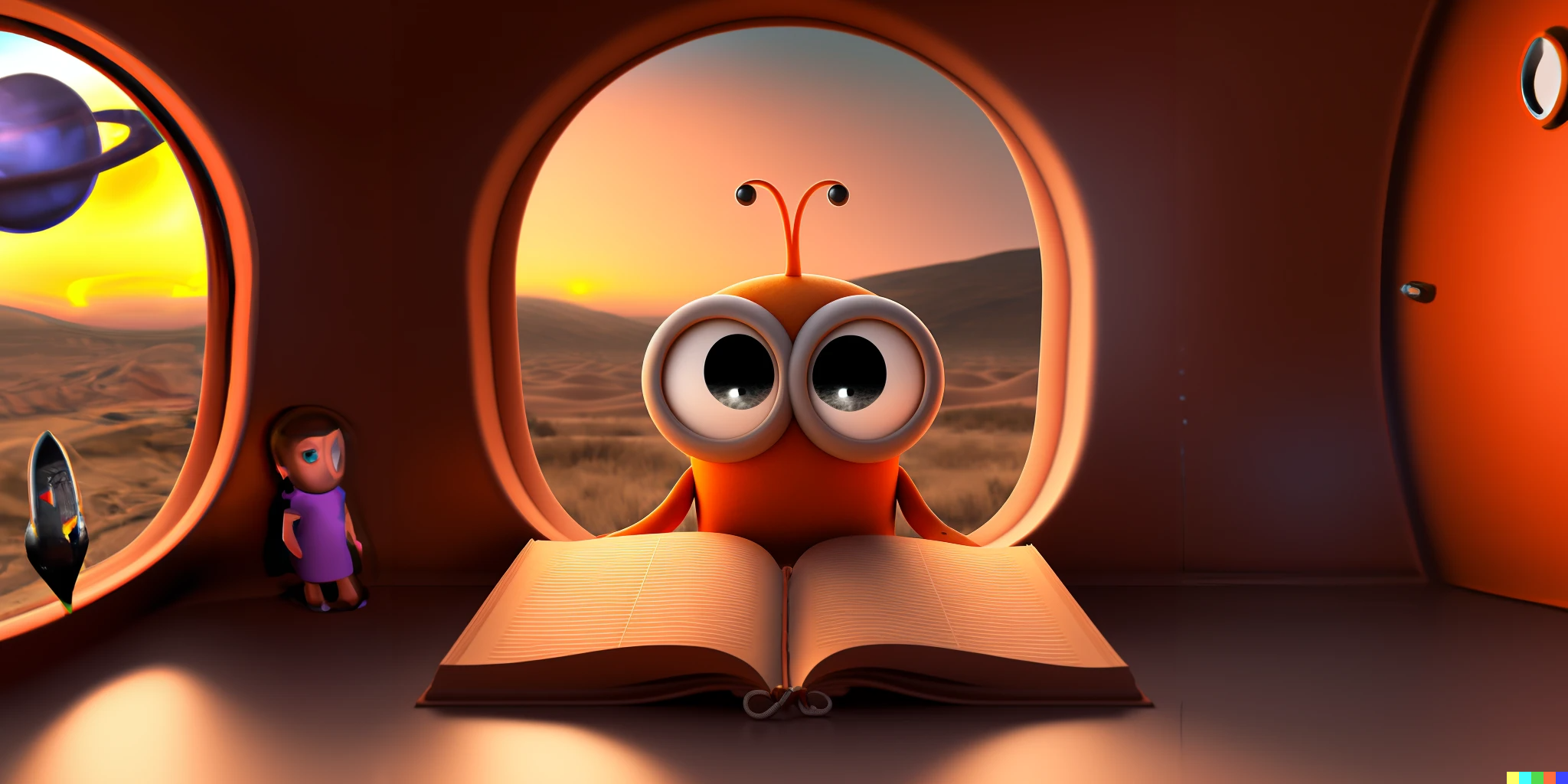
Supervised
Learning
Supervised learning is a way that computers can learn to do tasks by being shown examples of how to do those tasks. It’s called “supervised” because someone is there to supervise the learning process and help the computer learn.
For example, let’s say we want to teach a computer to recognize different types of animals in pictures. We would start by showing the computer a bunch of pictures of animals, and telling it what type of animal is in each picture. This is called “training” the computer.
As the computer looks at each picture, it tries to figure out what features are important for telling one type of animal from another. For example, it might learn that cats have whiskers and dogs have tails.
After the computer has looked at a lot of pictures and learned what features are important, we can then give it a new picture it has never seen before and see if it can correctly classify the animal in that picture. If it does a good job, we know that it has learned well. If it makes mistakes, we can give it more examples to help it improve.
Supervised learning is a very useful way for computers to learn, because it allows us to teach them to do specific tasks by showing them examples. It is used in many different applications, such as image and speech recognition, language translation, and even self-driving cars.
Supervised learning is a way that computers can learn to do tasks by being shown examples of how to do those tasks.
We give the computer a bunch of examples of the task we want it to learn, along with the correct answer for each example. The computer looks for patterns and features that are important for solving the task, and then uses what it has learned to try to solve new examples of the task.
It’s called “supervised” because someone is there to supervise the learning process and help the computer learn.
Supervised learning can be used for many different kinds of tasks, such as image and speech recognition, language translation, and even self-driving cars.
Yes, the computer can make mistakes while it’s learning. If it makes mistakes, we can give it more examples to help it improve.